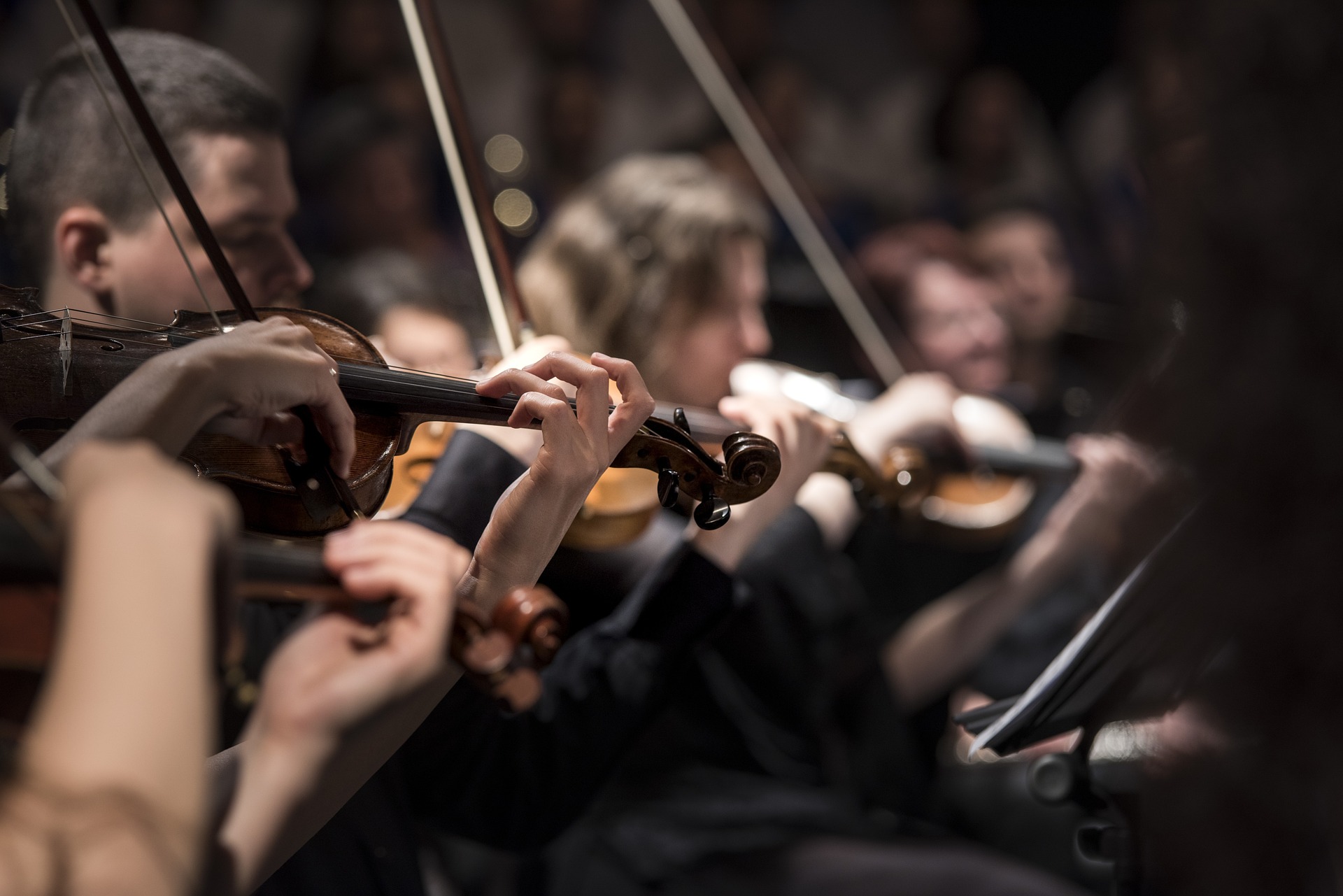A Symphony of Screens: The Convergence of Classical Music and Digital Technology
From the scratchy records of the early 20th century to the digital streaming platforms of today, the ways we consume music have undergone seismic shifts. But none have been as transformative or as unexpected as the recent convergence of classical music and digital technology. This article delves into the history of this unique intersection, its modern implications, and how it is revolutionizing listening experiences for audiences worldwide.
A Historical Perspective: Classical Music Meets Technology
Classical music, with its roots dating back to the 11th century, may seem the antithesis of modernity. However, it has a long history of embracing technological advancements. The introduction of radio in the early 20th century allowed orchestras to reach a wider audience, and the advent of recording technology gave birth to a new market for classical music albums. Yet, these evolutions were merely a prelude to the radical changes the digital age would bring.
The Digital Age: A New Platform for Classical Music
Today, the digital landscape offers classical music a myriad of platforms to connect with audiences. Streaming services dedicated exclusively to classical music, such as Primephonic and Idagio, are gaining popularity. These platforms curate high-quality recordings of symphonies, concertos, and solo works, often accompanied by insightful liner notes. Moreover, they’re breaking down the barriers that have traditionally kept younger audiences at arm’s length from classical music, making it more accessible and appealing to a new generation of listeners.
A Virtual Stage: Live Performances in the Digital Realm
The COVID-19 pandemic has accelerated the digital transformation of classical music. With concert halls closed, many orchestras and musicians turned to live streaming performances. Virtual concerts have become the new norm, with platforms like StageIt and Veeps offering tickets to live-streamed performances from world-renowned orchestras and soloists. This digital shift has not only sustained the classical music industry during challenging times but has also redefined the concert experience.
Impact and Reception: A Resounding Success?
The reaction to this digital revolution in classical music has been mixed. Traditionalists lament the loss of the communal concert experience and the rich, unadulterated sound that only a live performance can offer. Meanwhile, others welcome the accessibility and convenience that digital platforms provide. Despite these differing viewpoints, one thing is clear: the marriage of classical music and digital technology is here to stay.
Looking Forward: The Future of Classical Music in the Digital Age
The future of classical music in the digital age looks promising. Technology is helping to democratize the genre, breaking down barriers of class and geography. It’s making classical music more interactive, with apps like Encore allowing listeners to follow along with a score while listening to a performance. As we move forward, the challenge will be to balance the need for accessibility with preserving the rich traditions and unique experiences that define classical music.
In conclusion, the convergence of classical music and digital technology is a fascinating development in the arts and entertainment industry. It’s a symphony of screens that is changing the way we listen to and engage with classical music. As this evolution continues, it will be exciting to see how these two seemingly disparate worlds continue to harmonize.





